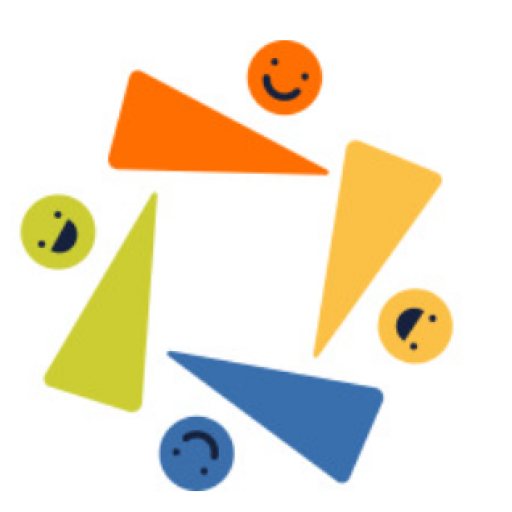Android 14 is here. Well, at least it’s a beta. Google dropped the first public beta of its upcoming Android update on Thursday, April 13, after launching two developer-only previews earlier this year. If you want to experience the new changes Google is bringing to Android, now is the time to do so.
Many of these features are for developers, so you won’t necessarily be able to take advantage of them as an end user. However, you may notice them in the apps and services you use now that the beta is live.
New back arrows and gestures
We highlighted the new predictive back gesture for Android 14 in Developer Preview 2, but now that it’s in public beta, more people will be able to experience it. With the predictive back gesture, you can now see a preview of which app or window you’ll be returning to before you jump. While Android’s back button/gesture is a great feature, you usually won’t know 100% where you’re going until the new preview is released.
Better yet, the arrows are designed with Material You in mind, so they will match the color scheme of your current wallpaper.
Developers can now upgrade the sharing table
In previous versions of Android, the sharing table (the menu that appears when you share content) ranked the apps and contacts you could share in alphabetical order. But in Android 14, developers can now customize the sharing table to include unique actions that apply to their apps.
In the past, developers could customize the share table, but this required them to create their own version of the share table rather than relying on Android’s built-in options.
Graphical enhancements
Developers can now take advantage of the graphical enhancements in Android 14, as paths are queryable and interpolable. One of the benefits is the morphing effect, which will allow developers to implement animations that seamlessly transform elements.
Enhanced language preferences for each app
Language preferences for each application are important. For those of us who are bilingual or multilingual, you don’t always want to use the same language in all your apps. Android 14 makes it easy for developers to update their list of supported languages, hopefully inspiring more developers to support a wider range of languages.
Android 14 limits visibility to disability-centric assistive features
A new privacy feature in Android 14 is the “accessibilityDataSensitive” attribute for developers. This allows them to implement features in their apps to limit the visibility of data to accessible services, especially when those services claim to help people with disabilities. Google’s goal is to protect user data, such as personal information or clear-text passwords, and to prevent users from accidentally making aggressive decisions, such as inadvertently sending money or buying something they don’t want.
It’s time for app testing
The first Android 14 Beta is the time for developers to test their apps with the latest version of Google OS. While you may experience some glitches in some apps when running Android 14, over time you should start to see more optimized versions without problems.
What we already know about Android 14 features
According to Android Authority, we’ve learned about some additional user-facing features from the early developer previews.
Android 14 focuses on accessibility with the addition of larger fonts (up to 200 percent). The software also includes a new notification assist feature that uses the camera flash, the display flash, or both to light up when there’s a new notification.
We also see the return of “screen time since last full charge,” which shows how long you’ve been using your phone since it was last charged to 100%. You won’t be able to install apps from the Android 5.1 Lollipop API or earlier, but you can keep them on your device if they were installed before Android 14.
Google has implemented iOS-like permissions for sharing selected photos with apps, rather than all or nothing. Also, you can now turn off PIN animations, which should help stop others from researching your PIN before stealing your phone.
The small change should also increase your device’s battery life without you having to do anything.
How to install Android 14 Beta on your device
Warning: Beta software is in beta and you should not expect a stable experience while using it. For this reason, it is not recommended to install beta software on your primary device, as bugs or other issues may occur that could affect your ability to use your phone. If you do install the Android 14 beta, please back up your device properly before proceeding.
The easiest way to install Android 14 on your phone is to register it with the Android Beta program. Currently, this only works with compatible Pixel devices, including
Pixel 4a (5G)
Pixel 5 and 5a
Pixel 6 and 6 Pro
Pixel 6a
Pixel 7 and 7 Pro
If you have one of these devices, you can also flip in or manually install an Android 14 system image. For all other devices, you can set up Android Emulator to run Android 14. Google provides instructions on its website. If you have registered your device in the Android QPR program, it will automatically update to Android 14 beta 1.









































